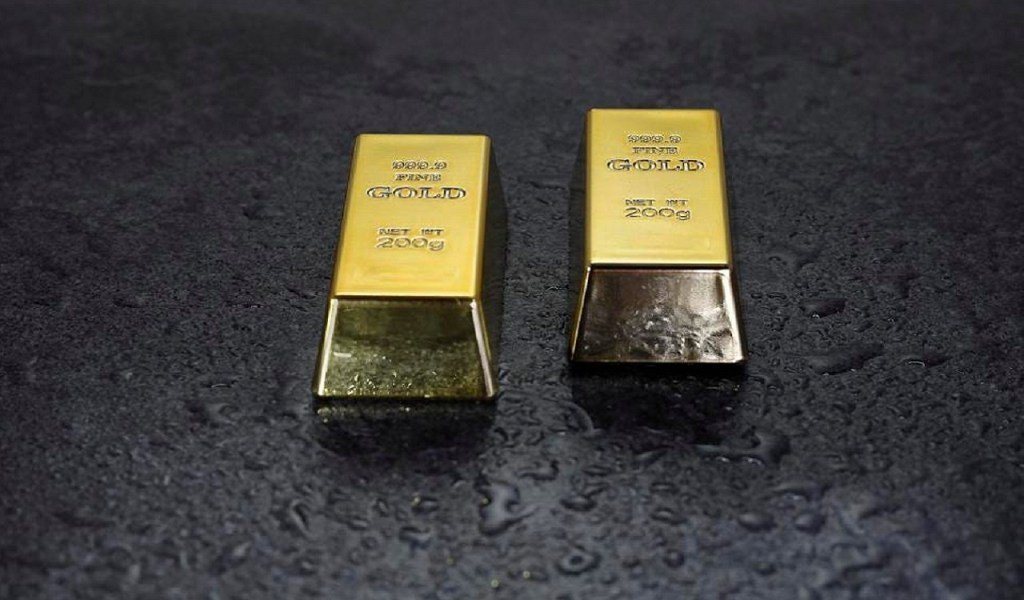Standard Chartered pointed out that gold is currently unconvincing as prices are trending towards $1,700 an ounce. Despite this, he said further downside movement for gold remains limited. Also, Credit Suisse pointed to bearish risk for 1-3 months. Here are the details…
Standard Chartered: Downside possible below
The US dollar took a lot of pain over gold prices during the summer. It forced gold to close August with a fifth monthly loss. The US dollar index traded close to 20-year highs with the aggressive Fed, while December gold futures fell below $1,800 an ounce. It was last traded at $1,722.50. But Standard Chartered precious metals analyst Suki Cooper had good news for gold. Gold is unlikely to drop any further as most of the downside risk is already priced in. Cooper used the following statements in a report released this week:
While the yellow metal faces significant downside risks, it also benefits from tailwinds, including recessionary risk, a price-sensitive physical market, already downsized positions and high inflation. The prospect of further rate hikes dampened investor appetite. While we expect gold to trend lower towards $1,700 in the fourth quarter, these factors are likely to limit the downside.

Looking ahead, Standard Chartered sees the Fed rise only 50 basis points at its upcoming September meeting, then pause at its November and December meetings. That’s a slightly more dovish outlook than markets had expected, with the CME FedWatch Tool pricing in a 70.5 percent chance for a 75bps increase in September. “Fears about slow growth and increased recession risk should buffer the downside,” Cooper said. For now, gold is taking its cue largely from the USD, with a quarterly rolling correlation of -58%,” he said. In the short term, the gold price will take its direction from the macro data, especially the employment report to be released on September 2.
Credit Suisse’s gold prospects
Meanwhile, the threat of a massive “double top” remains that will reduce risks in the next 1-3 months, according to Credit Suisse strategists. “We continue to emphasize that a close break below $1,691/76 will be enough to complete a major ‘double top’ that will reduce risks for at least the next 1-3 months,” the strategists say. Analysts also add:
We note that if this top is triggered, the next support will be seen at $1,618, then $1,560 and finally $1,451. Only a convincing break above the 55-day average of $1,766 could confirm further changes in the two-year range. The next resistance is seen at the more important 200-day average, currently at $1,837.



